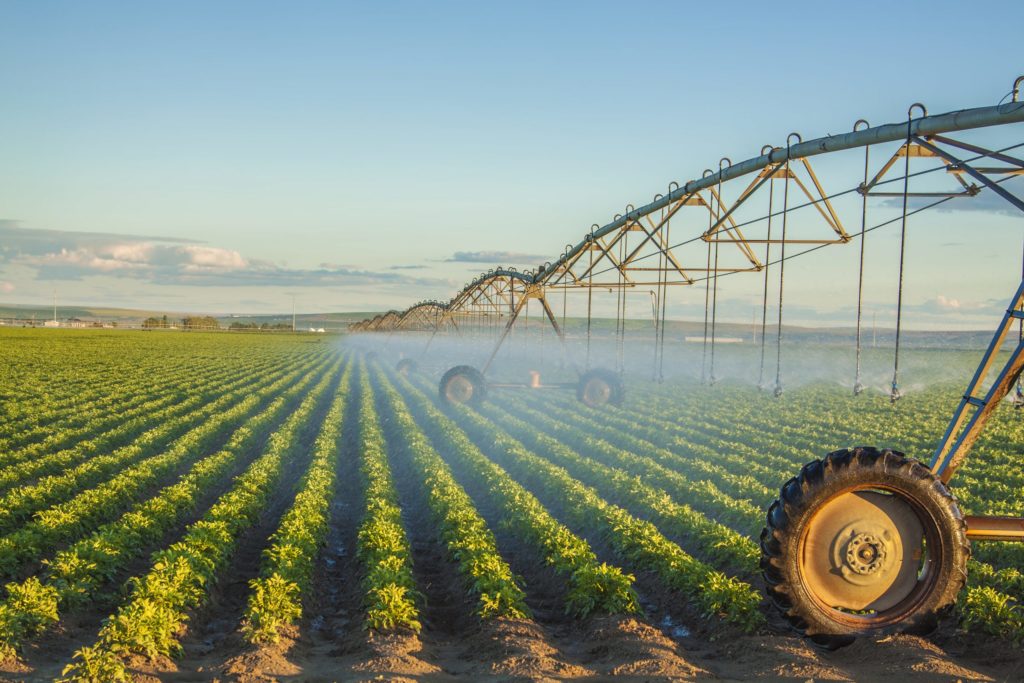Despite SNAP cuts, House Farm Bill is not a ‘fiscally responsible’ option
WASHINGTON (May 14, 2013) – The U.S. House version of the 2013 Farm Bill, which the Agriculture Committee will begin marking up tomorrow, includes increases in taxpayer-financed crop insurance subsidies that are nearly double those of its Senate counterpart, the R Street Institute noted today.
“While pitched by its sponsors as the more ‘fiscally responsible’ of the two bills, largely due to its projected $20.5 billion in cuts to the Supplemental Nutrition Assistance Program, the House bill actually calls for even larger increases in corporate welfare to mega-farms,” R Street Senior Fellow R.J. Lehmann said.
Central to these is the bill’s crop insurance title. According to projections from the nonpartisan Congressional Budget Office, the House bill would increase federal spending on crop insurance by $8.91 billion over the next decade, compared to a $4.98 billion increase in the Senate bill.
Among the largest disparities is a more generous Supplemental Coverage Option, which covers up to 90 percent of a farmer’s crop revenue when elected in combination with a conventional policy. The House bill would increase spending for the SCO by $3.85 billion over the next decade, compared to $2.25 billion in the Senate bill.
The House bill also calls for more generous “yield plugs” in the adjustment for average producer history yields, leading to a $936 million increase in spending over the next decade, compared to the Senate’s $406 million. It also includes crop insurance provisions not in the Senate bill to provide $205 million of equitable relief for specialty crop producers and create a $283 million program for beginning farmers and ranchers.
The Senate version of the legislation also goes further in attaching important taxpayer protections to crop insurance subsidies. It would save $178 million by restricting subsidies for crop production on native sod, compared to just $118 million of savings in the House bill. It also would save $66 million by requiring conservation compliance for those who receive crop insurance subsidies, which the House bill does not.
Crop insurance isn’t the only area where the House bill offers more generous agriculture subsidies. It also allocates $3.67 billion more over the next decade for supplemental agriculture disaster assistance, compared to a $2.25 billion increase in the Senate bill. The House bill also would increase spending on the dairy program, which raises costs for consumers through an inexplicably complicated series of antiquated regulations, by $436 million, compared to $302 million in the Senate bill.
Both the House and Senate bills claim roughly $47 billion in savings by eliminating direct, counter-cyclical and average revenue election payments. But both then spend roughly half of those savings – around $23 billion – on the creation of new “shallow loss” programs, called Farm Risk Management Election in the House bill and Agricultural Risk Coverage in the Senate bill.
To placate Southern farmers who objected to the loss of direct payments, both the House and Senate bills also project to spend $3.69 billion over the next decade by creating a stacked income protection crop insurance program for cotton and another $269 million by creating a peanut revenue crop insurance program.
“Given the pressing long-term fiscal challenges facing our country, the Farm Bill offers a perfect opportunity for Congress to demonstrate fiscal responsibility by slashing programs that waste taxpayer money, raise costs for consumers and damage the environment,” Lehmann said. “It’s an opportunity that neither the House nor the Senate has yet stepped forward to seize.”







